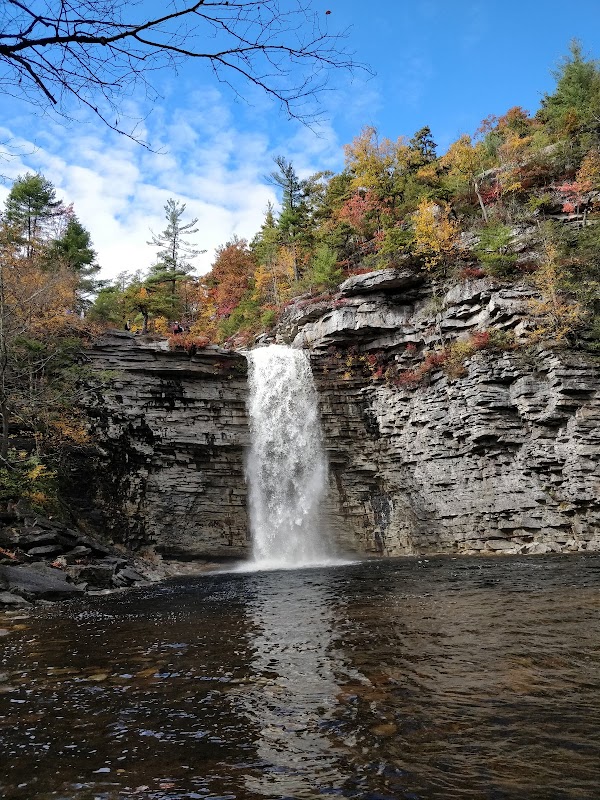
Conquer the Annual Durham 5K Trail Run: A Practical Guide to Connecticut’s Forested Challenge
The Annual Durham 5K Trail Run offers a lively 3.1-mile course through Connecticut’s forested terrain. Designed for both casual runners and trail veterans, this event blends manageable elevation, varied surfaces, and rich natural surroundings into a rewarding outdoor experience.
Choose Traction-Focused Footwear
Trail shoes with deep treads will provide grip on occasionally rocky or root-laced sections of the course, helping maintain stable footing throughout the run.
Stay Hydrated Before and After
Limited water stations mean packing your own hydration is necessary, especially in warm weather. Drink fluids ahead and replenish post-run to avoid fatigue.
Arrive Early for Cooler Temperatures
Starting early allows you to run in cooler morning air and avoid heat that builds by midday, particularly in summer months.
Warm Up on Uneven Terrain
Prepare your muscles and ankles with dynamic warm-ups on similar trail surfaces to reduce injury risk and improve agility on race day.
Conquer the Annual Durham 5K Trail Run: A Practical Guide to Connecticut’s Forested Challenge
The Annual Durham 5K Trail Run in Durham, Connecticut, offers an invigorating escape into a landscape fiercely alive and ready to test your pace. Covering approximately 3.1 miles of mixed-terrain forest paths and gentle rises, this event draws both local runners and visiting trail enthusiasts seeking a straightforward, yet engaging course. The terrain presents a blend of packed dirt, scattered roots, and occasional rocky patches, all set within a wooded backdrop where the trees hum with a subtle energy, urging you forward.
Expect an elevation gain of around 200 feet, enough to demand attention but not intimidate. The route winds through leafy corridors where sunlight flickers through branches, and the scent of pine and damp earth encourages steady breathing. The trails stretch just enough to challenge your endurance but maintain an accessible rhythm, welcoming casual runners while still holding appeal for those keen on timing their pace.
If you’re planning for the run, hydration is key—easy access points are limited, so carrying a lightweight water bottle or hydration pack should be a priority. Trail shoes with solid tread are a practical choice, providing grip over uneven ground without excess bulk. Aim for early morning starts to avoid midday heat, especially in summer, and dress in moisture-wicking layers adaptable to Connecticut’s fluctuating spring or fall temperatures.
This race is more than a run; it’s a chance to engage with nature that’s resolutely alive. The murmuring brooks dare you to keep pace; the forest floor, scattered with leaves and pine needles, cushions each step but commands careful footing. It unfolds at a pace both brisk and immersive, a balance of effort and environment. Whether you’re chasing a personal best or simply after a fresh-air reset, the Annual Durham 5K Trail Run provides the right mix of challenge and reward.
Post-run, Durham offers nearby spots to recharge with hearty, locally sourced fare, perfect for replenishing tired muscles. For anyone drawn to the simple pleasure of running trails where nature pushes back only enough to keep you alert, this event is an unmissable calendar fixture. Practical, accessible, and thoroughly satisfying, the Annual Durham 5K invites all levels to hit the trail and witness how the forest stays fiercely itself, no matter the season.
Nearby Trips
All Adventures
Boat Charters
Water Activities
Adventures near Durham, Connecticut
Discover the unique and memorable adventures that make Durham, Connecticut special.
Frequently Asked Questions
What is the elevation profile of the Durham 5K Trail Run?
The course features a moderate elevation gain of around 200 feet, with rolling hills that are enough to challenge runners but not overly taxing, suitable for a broad range of abilities.
Are there aid stations during the race?
Water stations are limited or non-existent on the trail itself, so runners are advised to carry their own hydration to stay properly fueled throughout the run.
Is the trail suitable for beginners?
Yes, the route is designed for various skill levels and offers manageable terrain with some uneven spots. Beginners should prepare with trail footwear and a focus on footing.
What wildlife might I encounter on the trails?
Runners may spot white-tailed deer, red foxes, and a variety of woodland birds, including woodpeckers and warblers that animate the forest canopy.
Are pets allowed on the trail during the run?
Pets are generally discouraged on race day to avoid interference with runners. However, on non-event days, dogs are allowed on leash.
What should I do if the weather turns bad on race day?
The event typically proceeds in light rain, but severe weather can cause delays or cancellations. Check official announcements before heading out and dress accordingly.
Recommended Gear
Trail Running Shoes
Provides necessary grip and protection on mixed forest terrain.
Hydration Pack or Water Bottle
Keeps you hydrated during the run since water access on trail is limited.
Layered Moisture-Wicking Clothing
Adaptable to Connecticut’s fluctuating temperatures and helps regulate body heat.
Insect Repellent
Protects against ticks and mosquitoes common in warmer months.
Local Insights
Hidden Gems
- "The overlook near the 2-mile mark offers a less frequented vantage point with sweeping views of the Connecticut River valley."
- "A quiet side loop adjacent to the main trail features an old stone wall that hints at the area's colonial farming past."
Wildlife
- "Keep an eye out for eastern box turtles crossing slow sections of trail in spring and early summer."
- "Listen for the distinct drumming of pileated woodpeckers echoing through the canopy."
History
"Durham’s forests were once part of working farmland and timberland, with remnants of stone walls and clearings still visible, connecting today’s trails with past rural life."
